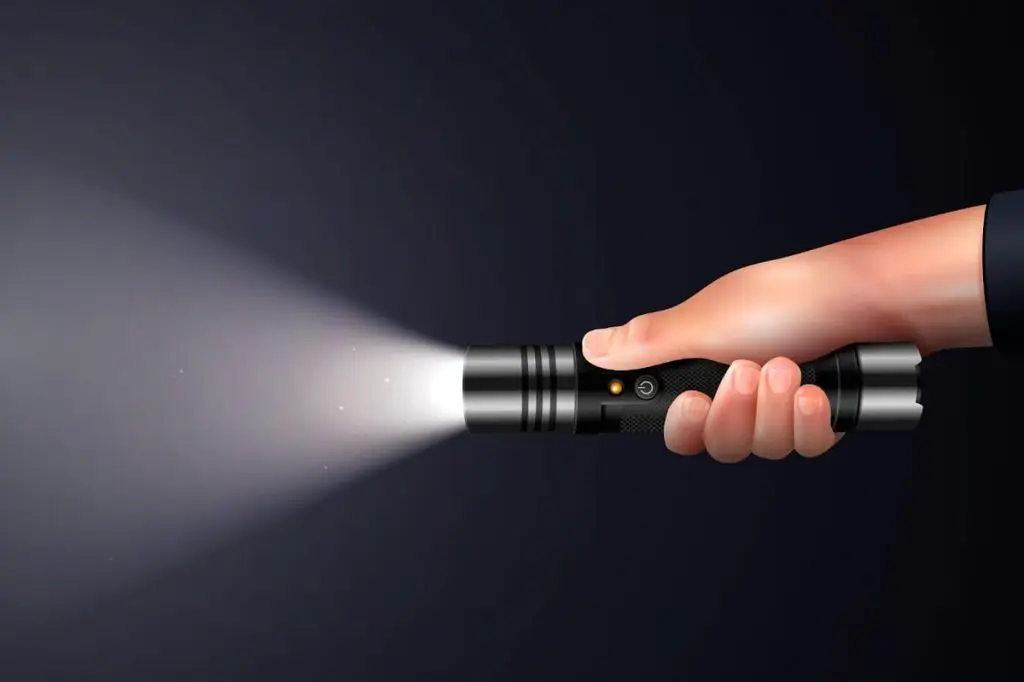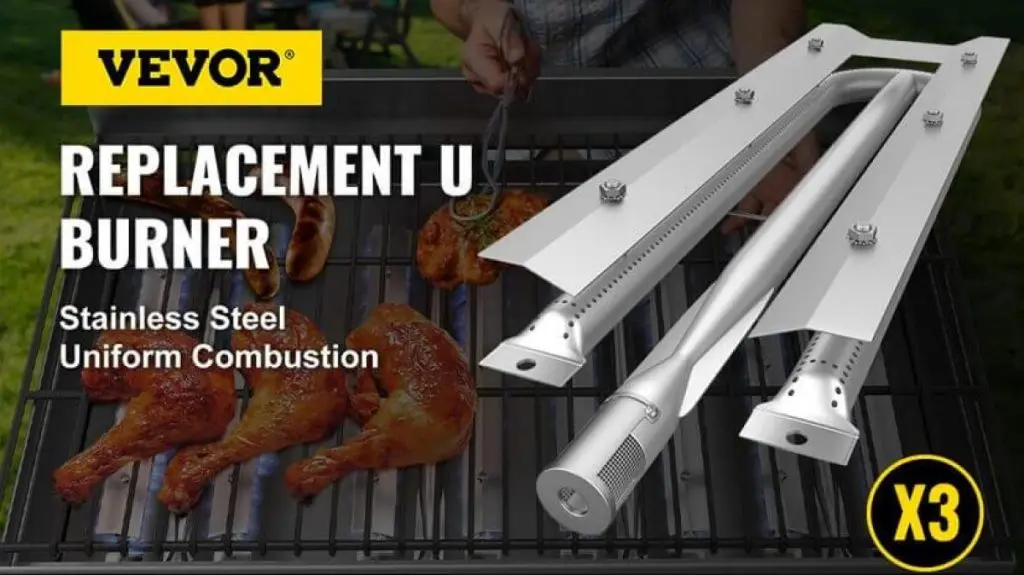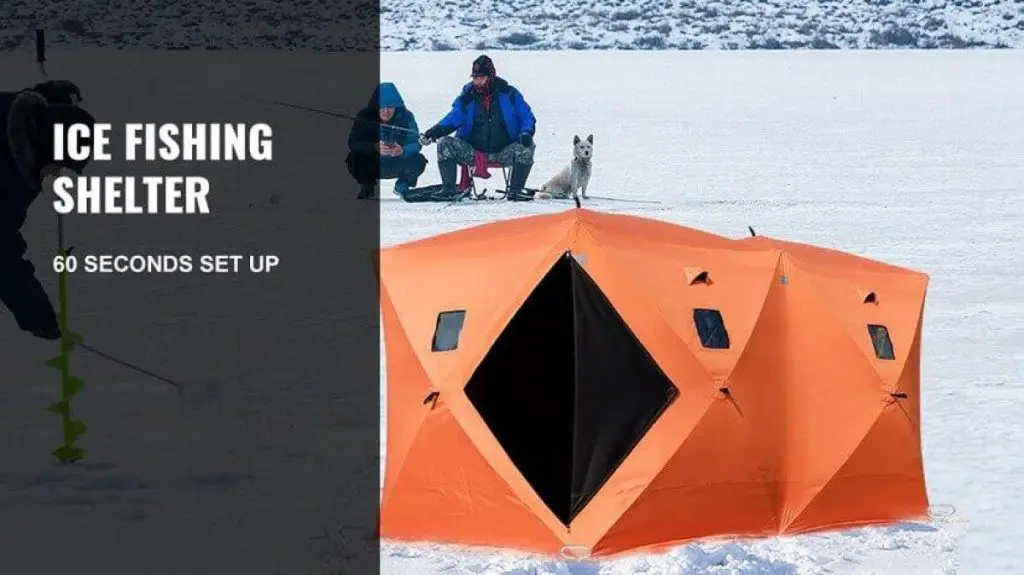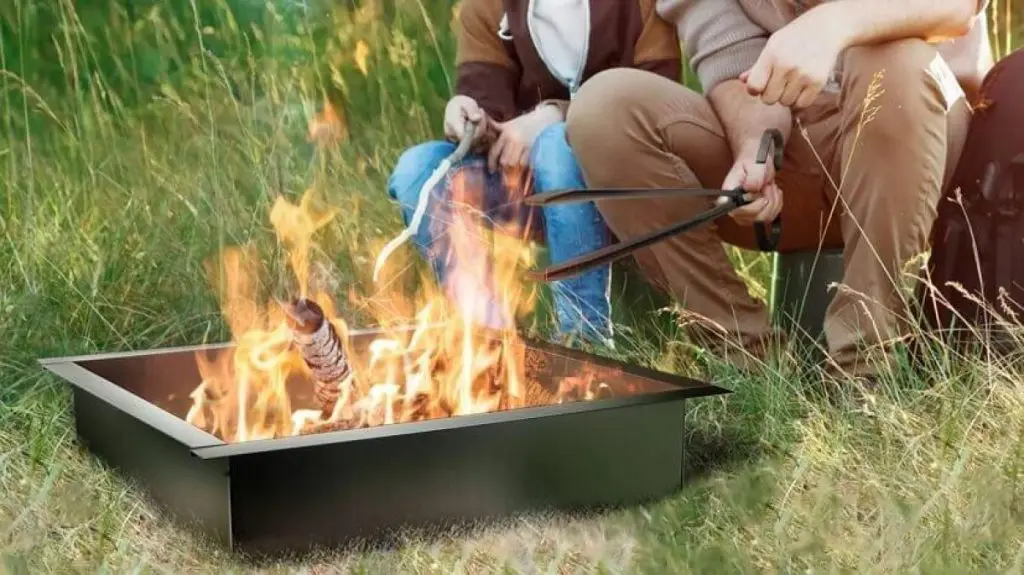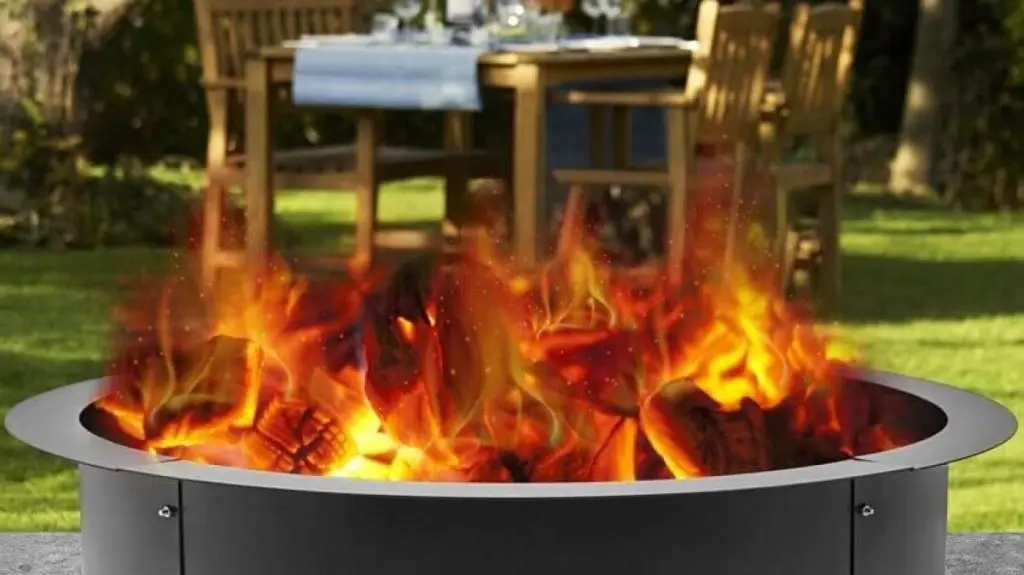It is Jane’s first camping trip and she’s enjoying the campground without realizing how far she’s gone into the forest. Fumbling through the dark woods, Jane felt nervous and lost. Clouds hid the moon, and every sound made her jump. The forest was pitch black and Jane didn’t have a flashlight with her. Suddenly, she heard the sound of twigs snapping nearby. Her heart started to race. But it was just a harmless raccoon. This scary moment shows why flashlight is important in camping.
Walking around a campsite at night without light is hard. You can trip over things you can’t see, and you might run into wild animals. Even simple tasks like finding your gear or making a snack become difficult and dangerous. A flashlight is a must-have for camping to make everything safer and more enjoyable. Now, let’s understand the role of a flashlight for your next camping trip and how to choose the perfect one.
Table of contents
Why a Flashlight is Important for Camping
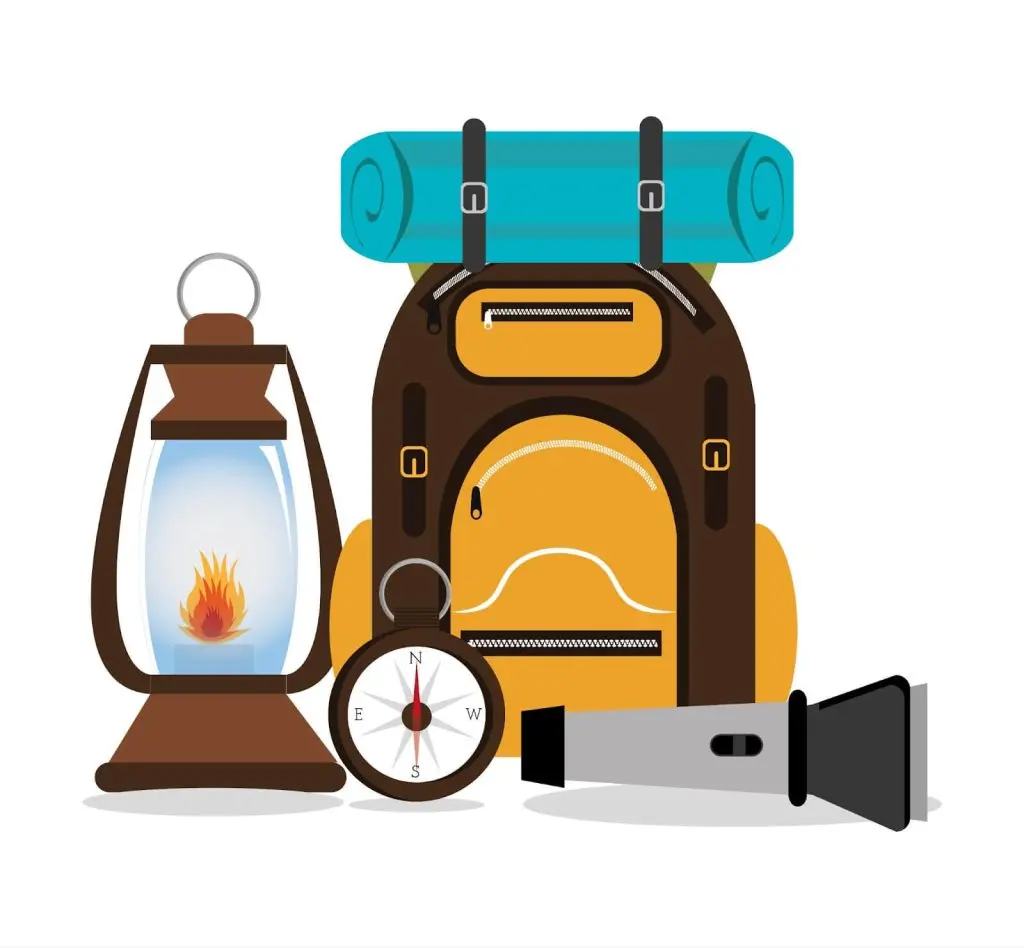
Apart from the obvious reasons, flashlight can be a very helpful tool when camping. Let’s explore them one by one.
Illuminating the Night
A flashlight functions as a source of light at the campsite. For example, a flashlight can help you see in the dark and locate a safe place in the woods where you can relieve yourself if you have to leave the campground at night when nature is calling. It helps provide light for essential tasks like setting up camp, cooking meals, and reading.
Although a campfire can help keep the area lit, a flashlight allows you to move around. The light is yours to carry anywhere you please! Going camping can result in a lot of different things. Wildlife may be drawn to the food you carry with you.
You might want to go hiking but it’s possible you’d get lost at night. In such situations, a flashlight with strobe features can prove to be quite helpful as a source of light and a signaling tool for rescuers.
Safety First
Having a flashlight at the campground can make you feel more secure in strange places. It enables you to look around you for possible dangers like untamed animals or uneven ground. Flashlights help in finding uncertain areas, avoiding trip hazards, and signaling for help in emergencies.
According to the National Library of Medicine, there were over 59 reported incidents from campsites regarding accidents that occurred in the dark. You need to understand the importance of proper illumination and why flashlight is important when you’re camping.
Exploring with Confidence
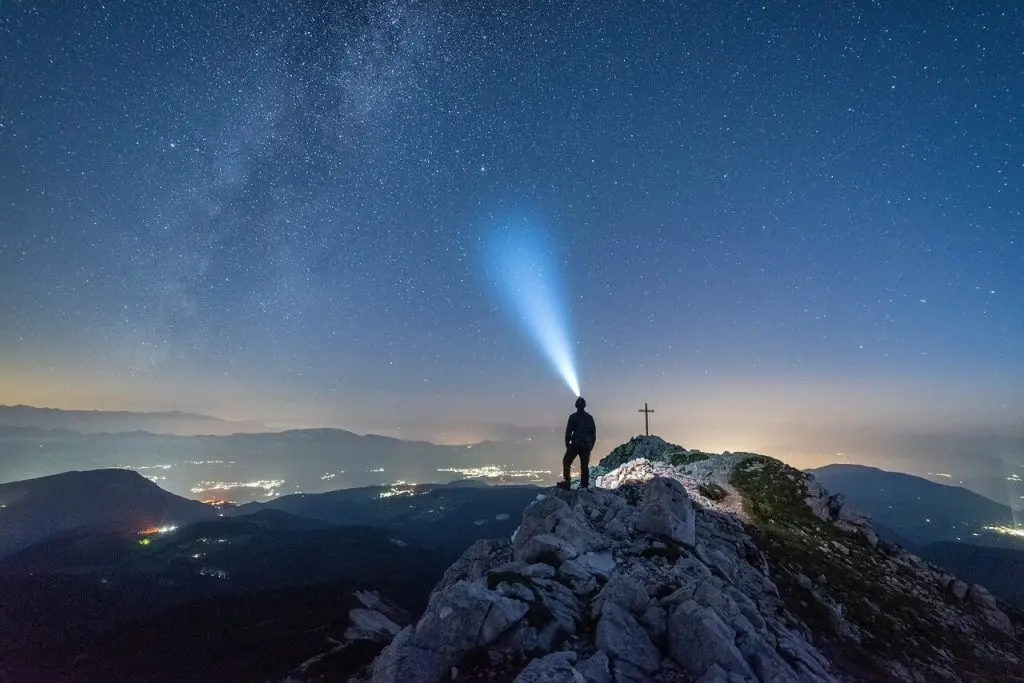
Hiking is a fun activity to engage in while you’re camping. You are free to explore the woods, mountains, and other landscapes. But it could be difficult at times, and even scary, particularly at night. The trail might not be easily visible.
Additionally, it can be challenging to find your destination, especially if you are on a new track. That’s the reason you need to understand why flashlight is important in hiking. You will need all the light you can get when you’re hiking at night or in shady places.
Selecting the Perfect Flashlight for Your Needs
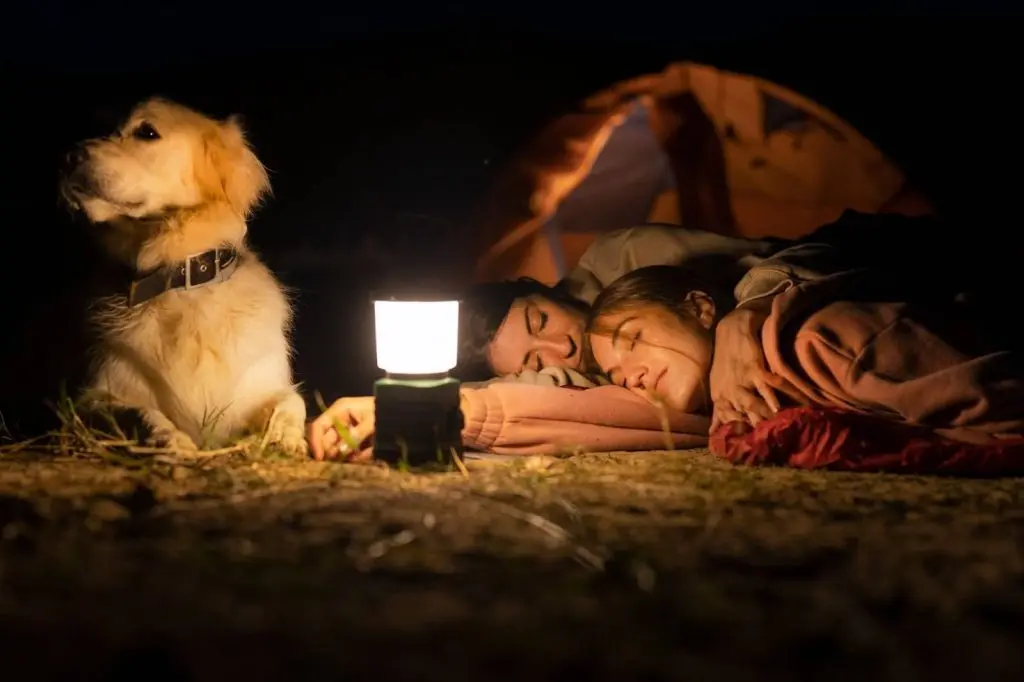
There are a few factors to take into account when looking for the best camping flashlight. Generally speaking, you need your flashlight to be very reliable. An inconsistent flashlight is the last thing you want, especially when camping. Let’s take a look at some of the important factors to consider before buying a flashlight.
Beam Power
One of the most important things to consider when shopping for flashlights is its beam power. It is crucial to select the appropriate flashlight for use in low-light conditions. You will need more strong light for jobs needing wide-ranging illumination and for that, you’ll need a higher lumen count flashlight. This table will help you understand the lumen count needed for different camping tasks.
| Lumens | Activities |
| 5-20 | Reading |
| 20-50 | General tent use and cooking food |
| 50-100 | Short walks and checking out your surroundings |
| 100-200 | Lighting up the campsite |
| 200-300 | Setting up a tent in the dark |
| 300-500 | Short hikes at night |
| 500-1000 | Longer hikes at night |
| 1000+ | Extreme conditions or search-and-rescue operations |
LED vs. Incandescent
Since its invention in the late 19th century by Thomas Edison and his research team, incandescent light bulbs have rarely changed. Basically, energy is used to heat a small wire filament inside a glass envelope that is vacuum-filled until it glows. The vacuum keeps the filament from oxidizing, which would otherwise cause it to burn out quickly.
However, LED lights perform better than other types of illumination. Their use of electricity is more efficient. They are safer since they are colder and don’t lose energy as heat.
Incandescent flashlight bulbs emit heat, resulting in energy waste. The filament of these flashlights burns away when they are turned on and off. LED flashlights produce more light with less power consumption. If the filament doesn’t break, incandescent lightbulbs endure 1,000 to 2,000 hours.
Compared to conventional lightbulbs, LED lightbulbs have an average lifespan of 50,000 hours. Although less expensive, incandescent flashlights have a limited lifespan. Since you won’t need to buy as many replacements, LED batteries and bulbs are more expensive initially but last longer, making them the more economical choice.
Battery Life and Charging Options
Since a flashlight can only be used for as long as it has a power source, taking the time to ensure that the battery matches your needs will save you a great deal of trouble later on. The lithium-ion batteries are highly valued for their energy density and rechargeability. They are the most popular industry standard for LED flashlights.
Non-rechargeable batteries are the standard AA, AAA, C, and D-size batteries that you have probably used your entire life. Some people prefer that they can readily find replacement batteries. If you plan to use your flashlight in really cold weather, you might want to consider upgrading to a non-rechargeable CR123A-size lithium-ion battery.
Durability and Weather Resistance
Choosing a water-resistant flashlight is a smart idea when camping because you might be subjected to rain or other moist conditions. This guarantees that in the event of a spill, the flashlight will still function. When camping, make sure the flashlight is strong and resilient so it can survive challenging circumstances.
Consider materials that are scratch- and shock-resistant. You should look for features like water resistance ratings (IP ratings) when buying a weatherproof flashlight.
VEVOR Flashlight: A Powerful Ally for Campers
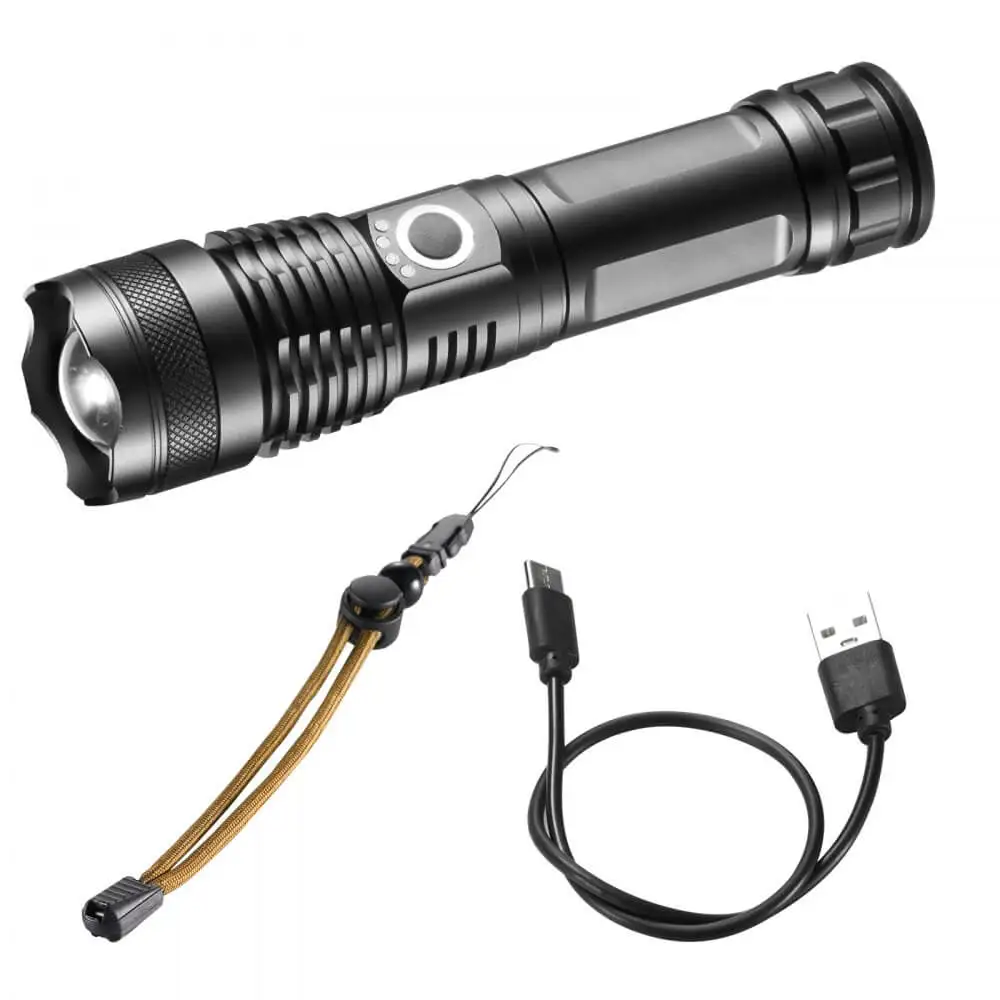
Coming to some reliable flashlight options for camping, we have VEVOR’s 2-Pack Flashlights that offer powerful LED lights. These flashlights can produce 3000 lumens which is more than enough to set up your tent in the dark and send signals in case of emergency.
You can use the VEVOR flashlight to illuminate a distance of 150 meters. It comes with 5 modes: Low, Medium, High, Emergency, and Strobe. You can also adjust the focus of the light from a spot beam to a flood beam.
VEVOR’s flashlight is waterproof and durable. You can easily carry it around at your campsite as it is small enough to fit inside your pocket. It uses triple-A batteries, so make sure you have backup batteries with you in your backpack. Now, what makes it outstanding is that you can use it in most environments with its IP65 waterproof feature. It’s the perfect solution for your camping needs.
Tips and Tricks for Using Your Flashlight Effectively
Everyone knows how to use a flashlight, so what could there be different? Well, if you use your flashlight correctly, you can make sure that it lasts for a long time. Imagine yourself hiking and then the trail disappears or, worse, you have an emergency.
You could save someone’s life with your reliable flashlight, so don’t panic. With just a few steps, you can put your light to good use.
We are always going to hope for the best, but it is important to stay prepared in case any emergency comes up. That’s where your flashlight comes into play. You can use it for self-defense or to simply illuminate an area at night. You can learn how to use it to disorient attackers, separate yourself from potential threats, and, in an emergency, land a deadly strike.
There’s nothing like stargazing at night and listening to the sounds of nature. But as the sun goes down, you’ll need your flashlight. You can build up camp and navigate nocturnal escapades with the help of your flashlight.
Conclusion
This is it, fellow adventurers: a crash course in flashlight mastery. Whether you’re having fun, signaling for help, or exploring the big outdoors, your flashlight is your faithful companion. Therefore, never forget to leave home without it and always remember to keep its batteries full and its beam bright. With your newfound knowledge, you’ll be ready to illuminate both the world and your travels. Check out VEVOR’s website to find the perfect flashlight for your next expedition.

